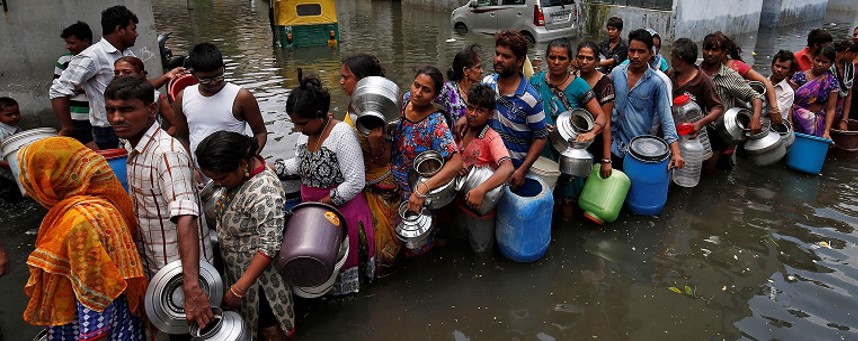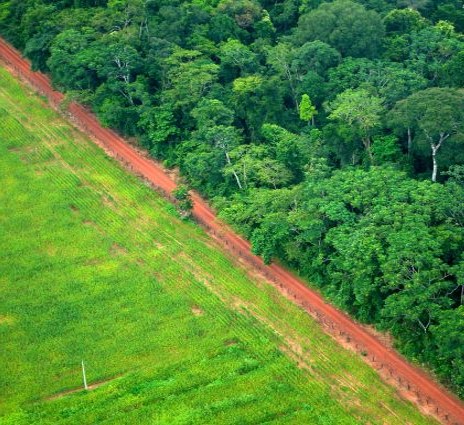Water is one of the basic necessities to sustain life, but an estimated 117 million people lack safe water in crisis countries (ref: UNICEF, 2018). And increasingly, these children are dying from the unsafe water they drink. Lack of clean water has caused diseases to spread, including devastating cholera outbreaks and chronic malnutrition in humanitarian emergencies
In eight out of 10 homes without running water, the job of collecting a family's water supply falls to women and girls. Globally, women and girls spend about 200 million hours a day walking to water sources - often alone, over rough terrain - and transporting heavy containers of water back home. That's time taken away from learning or building a better future for themselves. Girls who go to schools without running water or toilets are more likely to stay home when they're menstruating. Their educations are interrupted and their future prospects suffer.
India ranked first in the world for most rural people without access to clean water (ref: WaterAid, March 2017) India ranks in the top 38% of countries worldwide most vulnerable to climate change and least ready to adapt, according to the Notre Dame Global Adaptation Index*. With 67% of the country's population living in rural areas and 7% of the rural population even now living without access to clean water, India's rural poor are highly vulnerable to the effects of extreme weather events and climate change. India has the highest number of rural people living without access to clean water - 63 million. A majority of these people come from poor rural communities and any significant variation in the climate only worsens their daily struggle to access clean water.
With 27 out of the 35 states and union territories in India disaster prone, the poorest and the most marginalised across the country will bear the brunt of extreme weather events and climate change and will find it the hardest to adapt.
- Around 76 million people in India still lack access to improved water sources
- Around 770 million people in India still lack access to improved sanitation
- Over 68,000 children aged under 5 years die every year in India due to diarrhoeal diseases caused by unsafe water and poor sanitation
India is one of the world's fastest growing economies, yet ensuring water security for its growing population is one of the main challenges facing the country. According to India's official Ground Water Resources Assessment, more than one-sixth of the country's
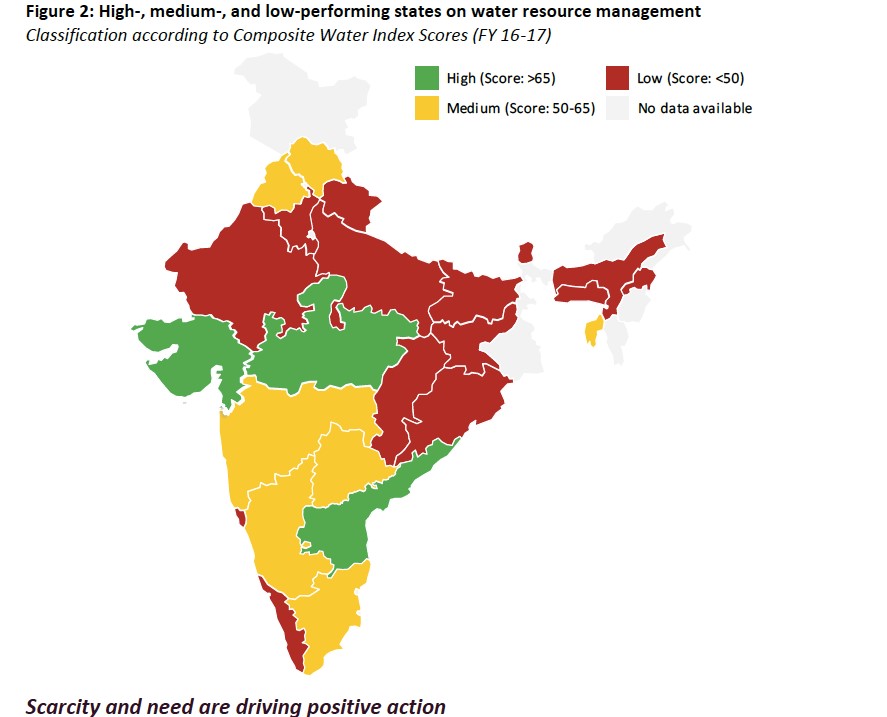
groundwater supply is currently overused.45 India is suffering from the worst water crisis in its history and millions of lives and livelihoods are under threat. Currently, 600 million Indians face high to extreme water stress and about two lakh people die every year due to inadequate access to safe water1. The crisis is only going to get worse. By 2030, the country's water demand is projected to be twice the available supply, implying severe water scarcity for hundreds of millions of people and an eventual ~6% loss in the country's GDP2. As per the report of National Commission for Integrated Water Resource Development of MoWR, the water requirement by 2050 in high use scenario is likely to be a milder 1,180 BCM, whereas the present-day availability is 695 BCM. The total availability of water possible in country is still lower than this projected demand, at 1,137 BCM. Thus, there is an imminent need to deepen our understanding of our water resources and usage and put in place interventions that make our water use efficient and sustainable.
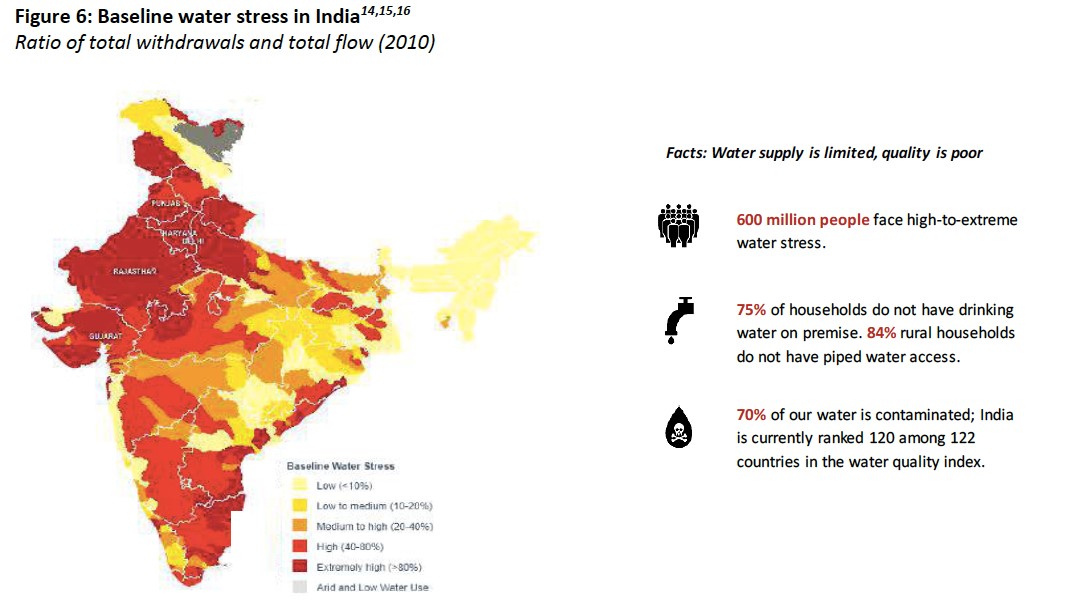
More than 50% of hospital beds around the globe are occupied by people who became sick from unsafe water. Unsafe water is an epidemic. Clean water is healthcare and the foundation of wellness. Healthy people can be productive, earn a living, and take care of their families. Healthy children can go to school, are more likely to thrive, and become healthy adults. Clean water is also essential for growing food, as crops can't survive in soil poisoned by salty or polluted water.
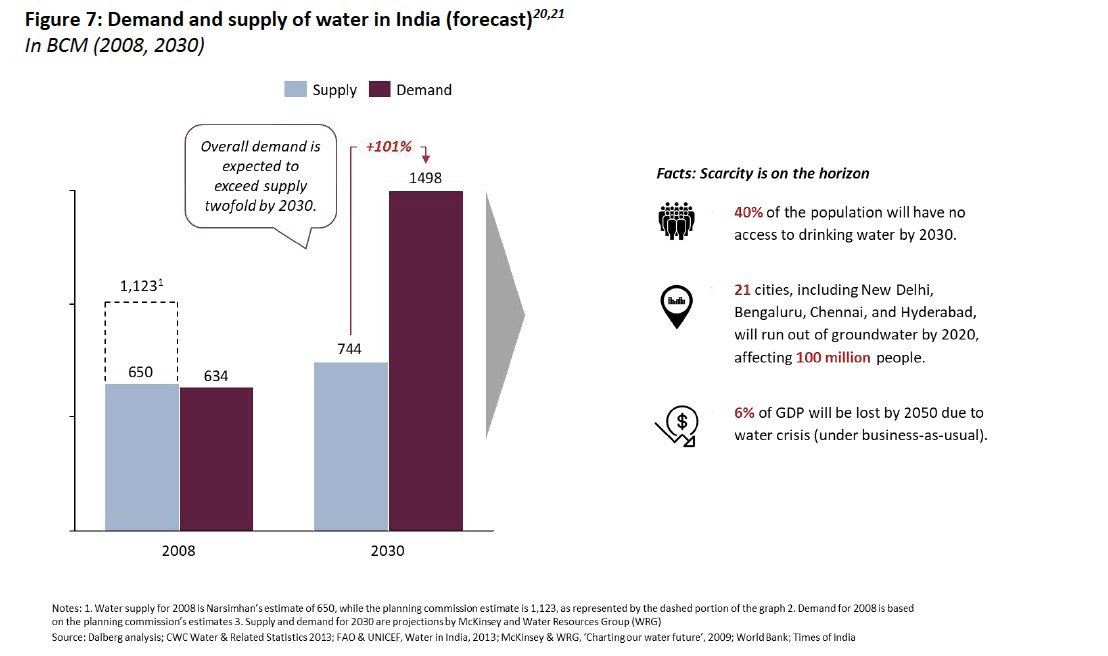
Currently, over 660 million people in the world lack access to safe drinking water, and by 2025, two-thirds of the world will live in water-stressed areas. For billions of people, the ability to produce clean water from polluted wells, rivers, and other sources would be life-changing.
Sangini Foundation with its partner ecosystem will install & maintain innovative water filtration units at the village level both for brackish & waste water. Thereby, providing clean-safe drinking water.

